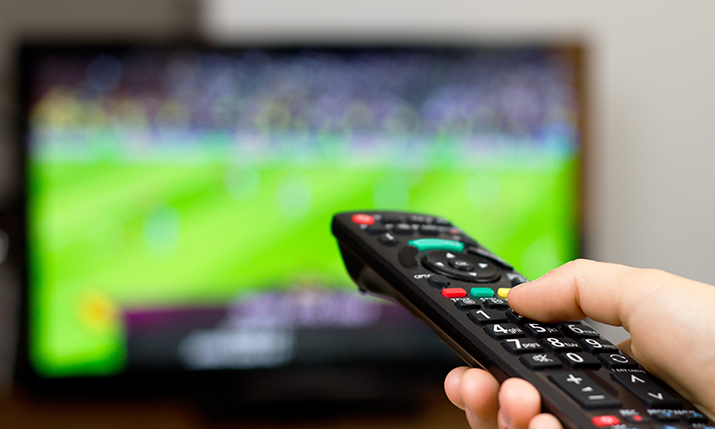Setting the pace: FAST channels poised to take off in Europe

By Alison Kolodny, senior product manager, JW Player.
Over the past several years, there’s been a seismic shift in how audiences consume video content. Although the COVID-19 pandemic accelerated the migration from linear TV to connected TV, the trajectory was hardly impacted as more and more people started cutting cords.
Despite huge adoption and continuous growth, OTT streaming services and content providers still have a few obstacles to deal with:
- Many users overcommitted to streaming services during the pandemic and have been reducing their subscriptions. Now, many companies have to deal with churn
- A global recession that is also limiting how much audiences are willing to spend for premium content, especially as it no longer makes financial sense to get rid of cable
- Even though linear TV is waning, users still prefer the linear TV experience with a connected TV twist
- With so much competition for content, users want a more curated experience.
Enter FAST.
What is FAST?
FAST stands for free ad-supported television. FAST channels adopt the same content delivery model as linear TV, where broadcasts occur in real time and viewers are shown ads throughout programming. However, FAST channels rely on being streamed exclusively through connected devices like smart TVs and don’t require any kind of subscription.
Growing demand for FAST isn’t just rooted in the cost either. FAST channels tend to be hyper-specific to audiences, with dedicated channels to genres or specific programmes. This allows users to focus on only the content they wanted without the bloated options of industry monoliths like Netflix and Hulu.
That said, content providers are penetrating the space as well, seeing the value of providing FAST channels. The potential for growth is massive. It’s projected that FAST channel revenue will hit $13bn by 2028.
FAST in Europe
The US has already entrenched itself with FAST channels, with Europe lagging behind. However, over the past year, things have started to change.
Fuelled in part by a global recession, the demand for free content is growing. Ad impressions for FAST channels in Europe nearly doubled in Q3 2022. This is inline with connected TV adoption, which saw over 70% of UK households now owning a smart TV, up from 11% just 9 years earlier. Some estimates have it as high as 85%.
As more prominent content brands enter the FAST space, the total hours of viewing for the top seven European countries has seen triple digit percentage increases across the board.
Pluto TV, a forerunner in the FAST channel space, is investing heavily into boosting market penetration in Europe, signalling a broader long-term expansion strategy.
The BBC debuted FAST channels in France, Italy, Germany and Spain in October 2001. These channels are a harbinger of what the landscape could look like for other content providers, as the BBC has FAST channels dedicated to genres (BBC Travel, BBC History), and specific titles (Doctor Who).
Samsung Germany is currently building its own proprietary FAST channels, while Spain’s public service broadcaster RTVE is partnering with Samsung TV Plus Spain to increase distribution of its five existing linear broadcast channels.
Everywhere you look in Europe, the writing is on the wall that FAST channels provide a wide-open path to increased revenue for broadcasters, streaming providers, studios and production companies.
However, there are a few reasons why Europe is still lagging behind the US in terms of FAST channel adoption.
FAST challenges in Europe
Even though FAST is growing at unprecedented rates in the US and enthusiasm is present in Europe, the cost of linear TV in Europe is much lower than in the US. There’s less of a sense of urgency for cable customers to make the switch from linear TV to a fully cordless system of consumption.
Another challenge is with lower barriers to entry, both from a production and a consumer standpoint, the oncoming deluge of content will be overwhelming. It’s going to be crucial for any content providers to understand their audiences and perhaps offer hyper-specialised programming. For instance, ITV launched a FAST channel solely dedicated to TV series Hell’s Kitchen.
Finally, there’s monetisation. Reduced audience sizes mean less ad revenue and more hurdles. However, brands might find it cost effective to advertise to highly targeted audiences for certain FAST channels.
Traditionally, Europe has lagged behind the US in terms of streaming adoption and market trends, and the FAST channel market in the US is unequivocally trending upwards. Will Europe follow suit?
All indications seem like it will.

